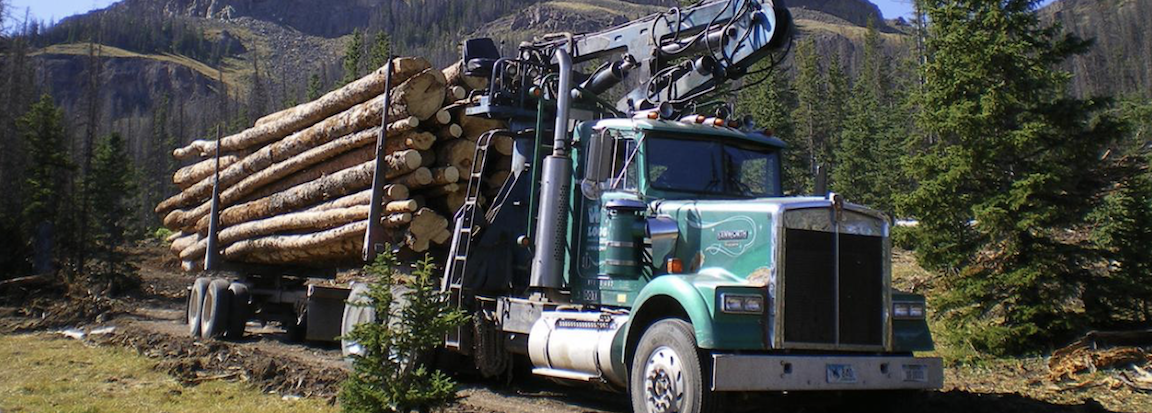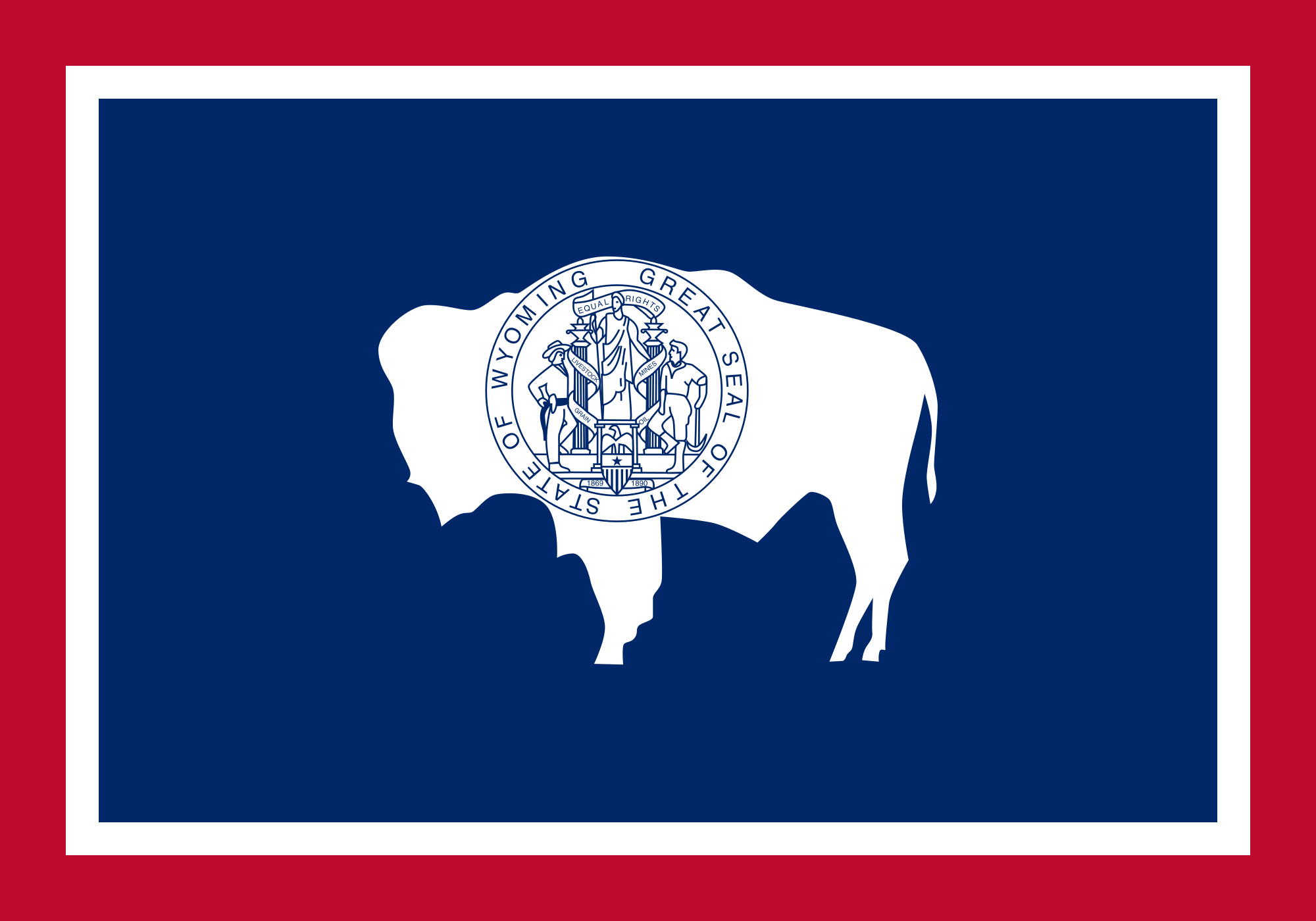Trump calls for more logging
By Wyoming News Exchange
April 10, 2025

(Photo by U.S. Department of Land Management)
• Industry questions whether local infrastructure can meet needs
By Alex Hargrave
Buffalo Bulletin
Via- Wyoming News Exchange
BUFFALO — The Trump administration’s executive order to increase logging and domestic timber production on federal lands is welcome news for local logger Joe Landsiedel.
Timber treatments, including logging and thinning, are long overdue in the Bighorns, he said. The problem is, that as the industry has declined since the 1980s and 90s, and even more drastically since the coronavirus pandemic, Wyoming – particularly the north-central region – lacks the infrastructure to complete more projects.
“We just don’t have the infrastructure to do it,” Landsiedel said. “I applaud that the work needs to be done, but how many sawmills do you see in this country anymore?”
President Donald Trump published his executive order as certain sects of forest-adjacent communities call for more active forest management to prevent wildfires.
The executive order, called the “Immediate Expansion of American Timber Production,” acknowledges the need for active management of forests, along with the need for domestic wood products. It notes that the United States has more than enough timber resources to meet
those needs but that “heavy-handed federal policies” have made the country reliant on foreign producers.
Landsiedel estimated that approximately 70% of the 8.5 billion board feet of wood products purchased each year by U.S. consumers comes from Canada and other exporters.
“If we had half of that back, the industry would be whole again,” he said. “We’re so far down, I don’t know who’s going to spend the money outside of some government guarantees to get this thing moving again.”
Secretary of Agriculture Brooke Rollins issued a secretarial memo last week, which will designate more than 112.6 million acres of national forest lands that are considered at high risk of wildfire or insect and disease outbreak as part of an emergency situation. The memo indicates that the agency will boost timber production by 25% and gives the Forest Service hiring and contracting authority, and the authority to expedite National Environmental Policy Act processes.
A map included with the memo highlights the Bighorn National Forest and other national forests in Wyoming as part of the forest health and fuels emergency situation determination.
Landsiedel, who owns Buffalo-based JL and Sons Logging, is practically the only logger left in the Bighorn Mountains. He said the nearest processing facility he travels to is roughly 300 miles away in Livingston, Montana.
A 2018 Forest Service report on Wyoming’s forest products industry notes that between 2000 and 2018, the number of wood products facilities in the state dropped from 55 to 30. It’s likely there are now even fewer in Wyoming, Landsiedel said.
The policy swings every four years between presidential administrations have grown more significant over time. For that reason, Landsiedel said, it will be difficult to significantly expand the wood products industry.
“To get the private industry to stick their neck out that far, there’s got to be some promises,” he said. “You can’t spend $25 million on a sawmill or a processing plant, and then four years from now …” he trailed off.
Good for forest health, state says
Wyoming State Forester Kelly Norris agrees with Landsiedel’s assessment. The work is needed, but who will do it?
“Especially when it comes to the Bighorns, there’s been a loss of infrastructure for a long time,” she said in an interview. “For Wyoming as a whole, we are definitely focusing on how we can continue to maintain and keep the mills we do have going in our state.”
Her agency will be key to implementing Trump’s executive order on the ground. The order explicitly mentions Good Neighbor Authority as a tool that federal forest managers should use to facilitate increased timber production. These agreements allow the Forest Service and Bureau of Land Management to work with state agencies on timber projects to increase both the scale and pace of the work.
Norris said that a buildup of fuels that spread wildfires is a concern for the state forestry agency.
Take the Elk fire that burned more than 98,000 acres in Sheridan County, including portions of the Bighorn National Forest. Landsiedel said that the fire burned up to a section of state land that he logged several years ago, before “it stopped dead in its tracks.”
Norris said that the agency will be monitoring the burn area for outbreaks of mountain pine beetle, a bug native to Wyoming forests that infects trees stressed by fire, drought and other conditions.
“Where we have been able to provide more management – add age diversity, try to mimic fires in a sense – I think they’re going to be a lot more resilient in the future,” she said. “In places we haven’t done that work, we’re going to continue to see what we’ve been seeing: disease outbreaks and larger wildfires.”
That’s why Norris said she is happy to see the president’s support for timber management in writing. The order directs the secretaries of the Interior and Agriculture departments to craft a plan for on-the-ground implementation, including a targeted number of timber sales to offer on an annual basis.
“That’s what the Forest Service is going to have to work towards with that executive order, and we’re here to help them with that,” Norris said. “To build their capacity to help them figure out how to make timber sales accessible to industry.”
Landsiedel said the majority of timber sales he buys into nowadays is administered by the state through Good Neighbor Authority.
State contracts are much more flexible than federal contracts. For example, he said, federally run sales push loggers to remove too many loads in too little time.
“There’s no place to take it,” Landsiedel said. “I can’t get rid of what I have. I can’t take on another 500 to 1,000 loads and have a short-term contract on it – it’s asking for a disaster.”
“I don’t want to poo poo the work,” he added. “It’s not that I don’t want to do it, it’s that you’ve got to be able to connect all the dots.”
Current timber activity
In the past 15 months, nearly 6 million board feet of lumber have been harvested from the Bighorn National Forest, in Johnson County, specifically, according to the Forest Service.
The Forest Service is reviewing the executive order and will share guidance on how to implement those on the local level “as soon as possible.”
“Under the provisions of the Endangered Species Act, USDA will continue to meet its commitments to protecting vulnerable wildlife while also meeting the President’s directive to provide the nation with abundant domestic timber, unhampered by burdensome, heavy-handed policies that neither ensure American economic security nor protection of natural resources,” a Department of Agriculture spokesperson said.
On forests managed by the Bureau of Land Management’s Buffalo Field Office, which includes Johnson, Sheridan and Campbell counties, 5.6 million board feet has been harvested in commercial or thinning projects since 2022.
That activity has ramped up since the field office added a forester a few years ago, according to previous Bulletin reporting.
Jordan Friedrich, forester at the BLM Buffalo Field Office, said the agency is “prioritizing our forest management activities” in accordance with the order.
What these agencies are already doing in terms of forest health and wildfire mitigation tactics was the topic of a Wyoming Legislature Joint Agriculture, State and Public Lands and Water Resources Committee meeting on March 4.
During the meeting, BLM forester Heidi Rogers highlighted a local project on Upper Slip Road, which will continue a fuel break and make more space among stands that are infested with western spruce budworm. Friedrich said he anticipates that approximately one million board feet of Douglas fir will be logged and removed as a result of this project.
Rogers noted one challenge: the fact that the trees are Douglas fir. She said that most mills are not equipped to take it, so it will be used for commercial firewood sales.
Jim Neiman, CEO of Neiman Enterprises, a company that owns timber processing facilities in the Black Hills, spoke during the meeting about the need for more logging to sustain the forest product industry in the region. The closure of Neiman’s mill in Hill City, South Dakota, made headlines in 2021. At the time, the company blamed the closure and loss of 120 jobs on a decline in the national forest timber program there, according to reporting from South Dakota Searchlight.
Neiman noted in his remarks that he’s seen several recessions throughout his tenure with the company, and now sawmills in the region are at “a tipping point,” which requires action.
“We can’t be arguing about how many trees we’re going to cut,” he said. “We need to focus right now, do we want to retain industry in (Forest Service) Region 2 or not? … If you take another 50 million board feet and look at an inventory of 4.5 billion board feet on the Black Hills (National Forest) and analyze it and wait two years to make a decision, and we’re not here, from my end, it’s useless.”
State and federal foresters who spoke at the meeting cheered the executive order, as well as another similar measure introduced in bipartisan legislation called the “Fix Our Forests Act.”
If passed, the bill would streamline forest management project permits. It recently passed the U.S. House of Representatives and advocates hope that it will pass in the Senate.
“We’ve got projects ready for as soon as that’s passed,” said Troy Heithecker, regional forester for the Forest Service Rocky Mountain Region.
Both Heithecker and Norris said during the meeting that, with the treatments prescribed by the executive order and any future legislation, the plan is not to clear cut entire forests.
“It’s a sustainable resource but only if you treat it like one,” Heithecker said.

